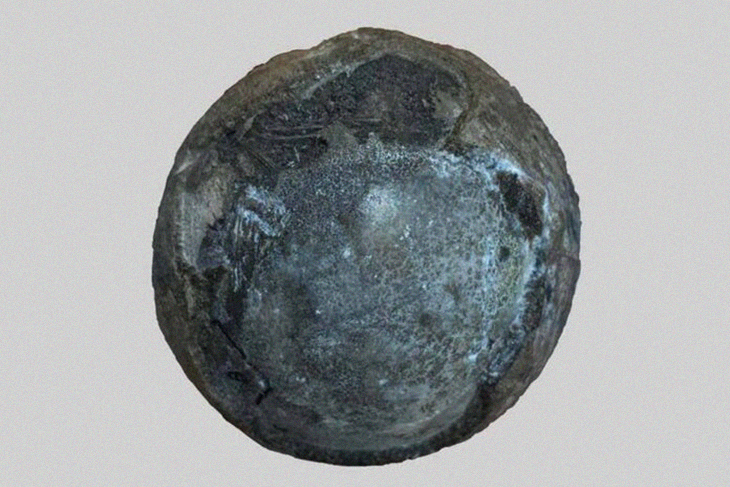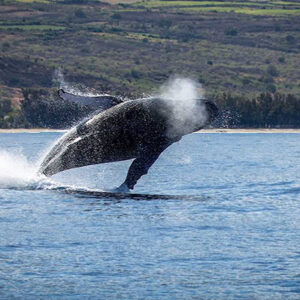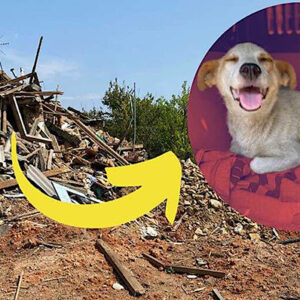
While finding a variety of fossilized animals, bones, and eggs are hardly surprising in the scientific world, finding an egg that has the fossilized remains of an embryo inside of it, is. That’s exactly what happened when a couple of paleontologists were working in a Northern portion of China.
This area is fairly known to be a hotspot for finding dinosaur bones, but apparently a local farmer from that region had quite the number of incredible discoveries sitting around inside a box which he had found over the years.
While the farmer just thought that he had a collection of interesting pieces and oddly shaped orbs, it was upon the inspection of scientists Haishui Jiang and Fenglu Han of one of the objects that had them examining it much more closely.
Inside the eggshell, the scientists found bony remains, which is what gave them a bit of a clue as to where it was actually from. When they asked the farmer where he found it, he led the two to a particular area, which is where they found over specimens that had unfortunately, not fared too well over the years.
With the egg, the two scientists decided to inspect it much more closely, using micro-computed tomography. This allowed them to look through the eggshell’s exterior. What they noticed were bones in disarray, but other consultants theorized that what they found looked a lot like the embryo of a turtle.
Incredibly, it seemed to belong to an extinct species of giant land tortoises known as the Nanhsiungchelyidae that were alive during the Cretaceous period. This was also the period when the age of dinosaurs basically came to an end.
According to the study authors, the finding “is one of the largest and thickest shelled Mesozoic turtle eggs known.” They published their work in the Proceedings of the Royal Society B.
Considering what kind of egg they found and the turtle that laid it would also mean that it was one of the biggest turtles to have ever walked the earth, managed to grow as big as an adult human man from the tip of the shell to the shell tail.
Although scientists are not exactly sure just how these turtles lived day to day, they do know that they were herbivores, or plant eaters, while the inner portion of its eggshell also shares a bit about the type of habitat it survived in 144 to 66 million years ago.
In the paper, the study authors share, “The thick-shelled, spherical eggs of nanhsiungchelyids may have been an adaptation, at least in part, to incubation in harsh arid environments.”
They also wrote, “Among [living] turtles, a calcified rigid shell limits the movement of water outside the eggshell to prevent excess water loss of the egg during incubation. Spherical eggs can also reduce water loss and thickened eggshell in some reptiles may be an adaptation to an arid climate.”
In National Geographic, the scientists discuss how these baby turtles would have to be incredibly strong to break through the thick shells they are born in. Although these nanhsiungchelyids turtles managed to go extinct, with the other non-flying dinosaurs, their aquatic relatives, on the other hand, managed to continue to survive alongside snakes, crocodiles and other animal species.
Nanhsiungchelyids can actually be compared to the giant Galapagos tortoises that are indeed a national treasure, that manage to bring thousands of people to their shores each and every year. But given that these humongous reptiles were plant eaters, had they lived during the time after the asteroid came and killed off the dinosaurs – as well as most of the plant life – scientists believe that they wouldn’t have survived either.
What are your thoughts? Please comment below and share this news!
True Activist / Report a typo


